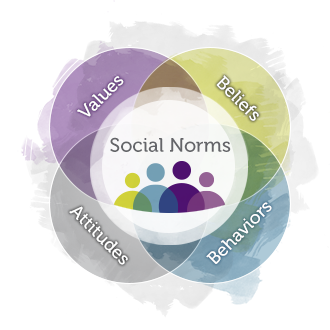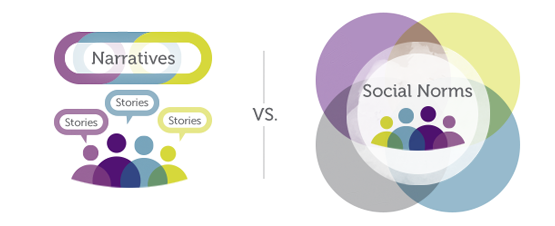What are Social Norms?

Social norms refer to values, beliefs, attitudes, and/or behaviors shared by a group of people. They are often based on what people believe to be normal, typical, or appropriate. Social norms can function as unspoken rules or guidelines for how people behave, and for how people are expected to behave. People generally follow social norms because they want to fit in with the people around them.















